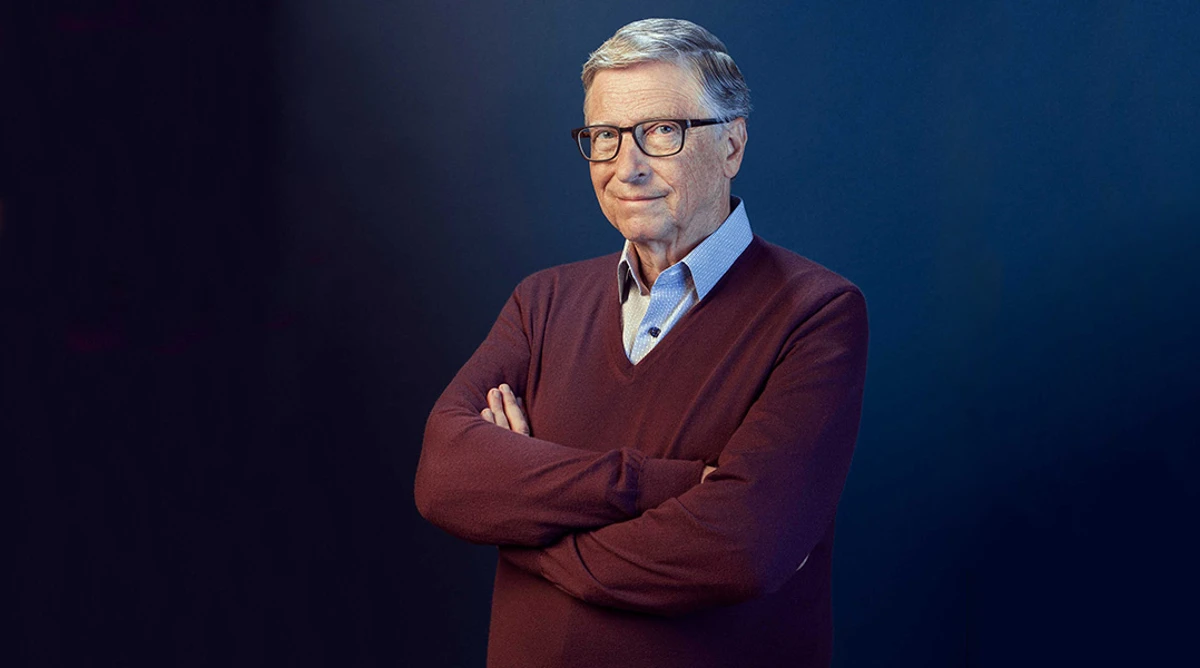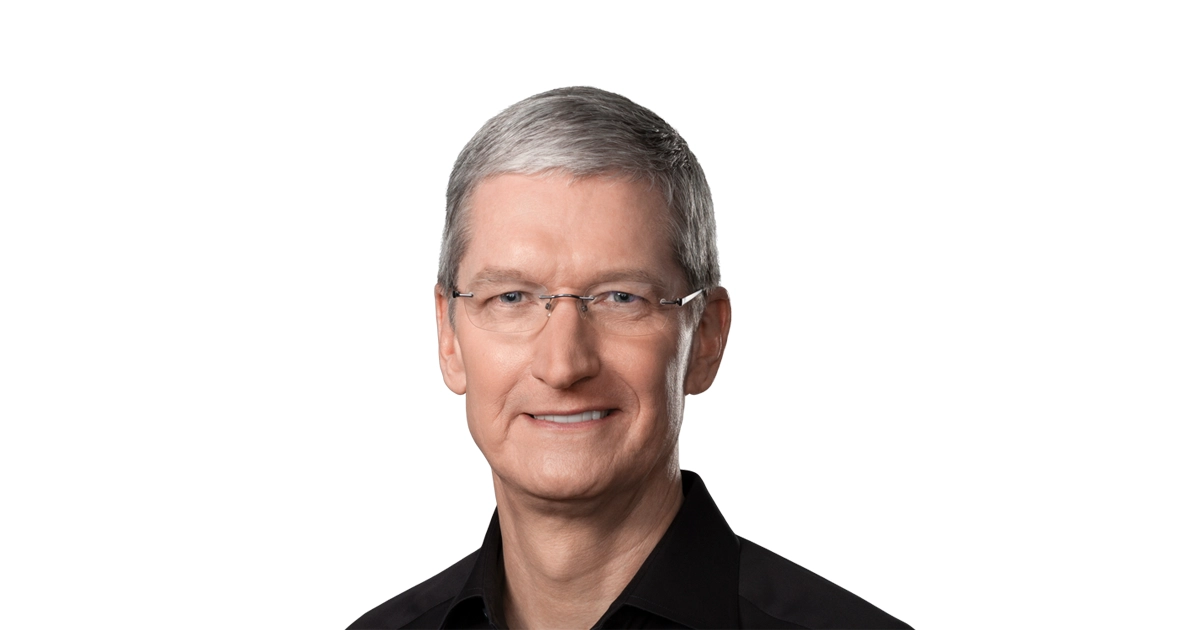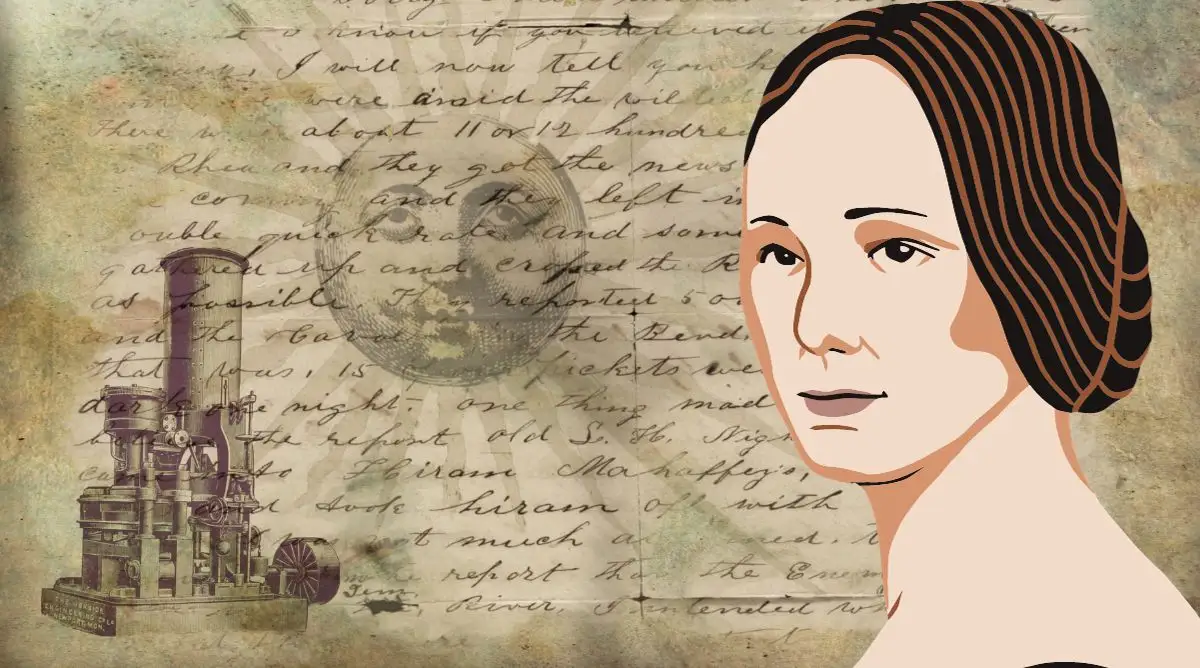
When Bill Gates created (along with Paul Allen) at the age of 20 in 1975, he could not even dream that in just over five years he would sell his DOS operating system to IBM. Nor that in fifteen years would completely change the world of computing with Windowsthe operating system that is still present in the vast majority of computers on the planet today.
Bill Gates Biography
Bill Gates grew up in a wealthy family environment. His parents were a prominent Seattle lawyer and his mother was a professor at the University of Washington.
Gates studied at the elite Lakeside School, where he had his first contacts with computing, later going on to begin computer science studies at Harvard University. A degree that he never obtained since along the way he created, together with his childhood friend Paul Allen, Microsoft.
Microsoft was created by both of them in Albuquerque (New Mexico) in 1975. In the beginning it was a developer of the implementation of the BASIC programming language for the computer created by the company MITS. In a short time (1978) they already had a subsidiary in Japan and in 1980 Steve Ballmer arrived at the company, who would succeed Gates as CEO of Microsoft when the latter retired permanently in 2008.
DOS, Bill Gates’ first great success
In 1981, Microsoft’s successful and unstoppable journey began in a new market that would eventually become global, leaving behind the adapted versions of previous and more or less established operating systems and offering its own, although with nuances.
And it is that DOS (Disk Operating System) It is not an “invention” of Microsoft itself but is based on 86-DOS, a Seattle Computer Products version of CP/M, a single-user operating system created in the 1970s by Gary Kildall.




Gates’ great success was to get Microsoft to polish that operating system enough for IBM, the benchmark in computers at the time, to contract with Microsoft to install it on its new computers as a way to compete with Apple, then the incipient dominator of the market. thanks to their Macintosh computers.
The big deal was that in the negotiation with IBM Gates managed to get the computer manufacturer not to buy the operating system, already baptized as MS-DOS, but to pay him a fee for each copy of the same that was acquired together with a computer. Microsoft’s takeoff had begun, but Gates still had the definitive step ahead of him to make history.
Windows operating system
Starting in 1985, the widespread era of graphical environment interfaces arrived. The typed text instructions are changed to objects that are displayed on the screen and that, by moving the mouse, even show graphic representations of what is being handled. If you want to delete text, it is as simple as dragging the icon of a sheet of paper over the icon of a trash can.
At this point the separation occurs between IBM (with its own version of this type of operating system, OS/2) and Microsoft, which presents Windows. It is not yet a complete operating system but rather a graphical interface that works on DOS. Over time it would evolve until it became a complete operating system, with Windows 95 (presented in the year that accompanies its name) being the moment in which its use became universal, reaching hundreds of millions of users around the world and setting the standards. bases of its current market share, being present on three out of four computers.
Microsoft Office: The king of the office
At the same time that Windows was establishing itself as the reference operating system in home, academic and professional personal computers, the popularity of Microsoft’s other great product was also growing: the Office office suite.
Microsoft Office is made up of the word processor (Word), spreadsheet (Excel), email manager (Outlook), presentation editor (PowerPoint), database (Access). It also has Cloud storage (OneDrive), notes (OneNote), team collaboration tool (Teams) and a wide list of productivity tools.
Office has become the reference software for professionals and individuals. It has evolved from programs that were sold licensed individually or in integrated packages to a subscription service (Microsoft 365) accessible from different devices.
The global web: Internet explorer
And the Internet arrived. Starting in 1995, the World Wide Web began to connect computers around the world in an increasingly faster and more complex way. To navigate the ins and outs of this global web, navigation programs, navigators, became essential. Internet Explorer, the browser developed by Microsoft and which was already installed on Windows, burst onto the pioneers (such as Mosaic or Netscape).
Over time there would be a close legal battle due to the abuse of dominant position that this incorporation of the browser represented, which reduced the possibility of users deciding to install other alternative browsers. Later this situation would change, favoring competition from other browsers, so that Internet Explorer (later evolved to the current Edge) was losing market share, so that currently, according to Oberlo data, the most used is Chrome (63% ) followed by Safari (19%), Edge (5%), Firefox and Opera (the latter with 2% each).
Bill Gates, the philanthropist
In 2023, Forbes magazine has estimated Bill Gates’ personal fortune at $129 billion, making him the fourth richest man in the world. And once he retired at the beginning of the 21st century, Gates has dedicated part of his time and money to philanthropy, especially through the foundation he created with his then wife (they divorced in 2021) Melinda, the Foundation Bill and Melinda Gates.
Various causes have been the recipients of his investments, mostly related to helping the development of disadvantaged regions and protecting the environment, but he has not limited himself to his own foundation but has donated money from his personal fortune to various causes. . Some of these causes, such as the one aimed at eradicating polio in Nigeria, were recognized in 2006 with the Prince of Asturias Award for International Cooperation.
In addition, together with his friend, the investor Warren Buffet, he has founded The Giving Pledge, a philanthropic organization that encourages the greatest fortunes on the planet to commit to donating half of their wealth to philanthropic causes.





